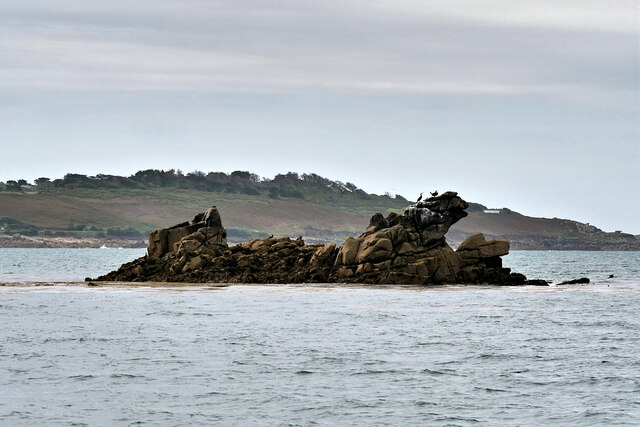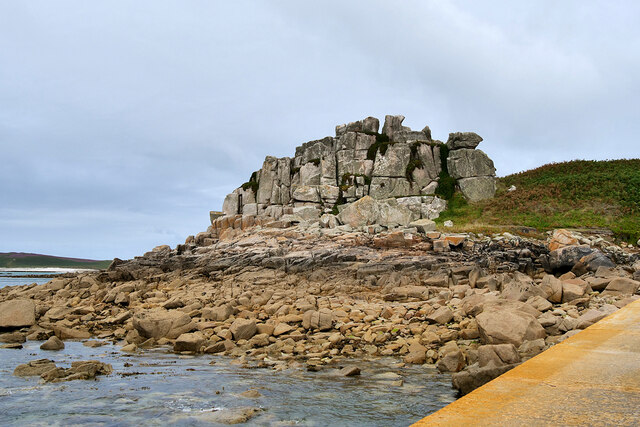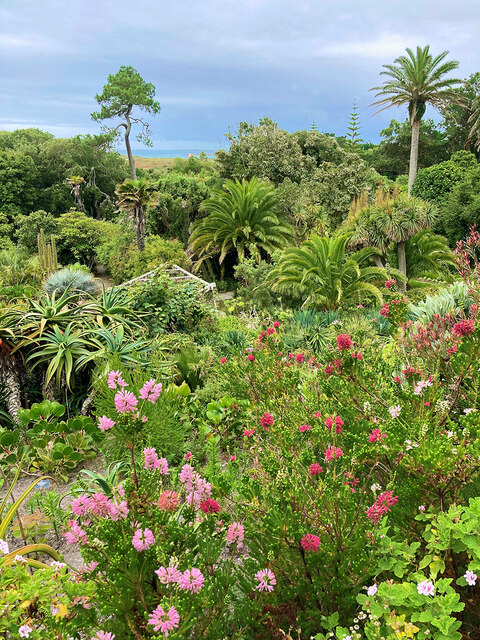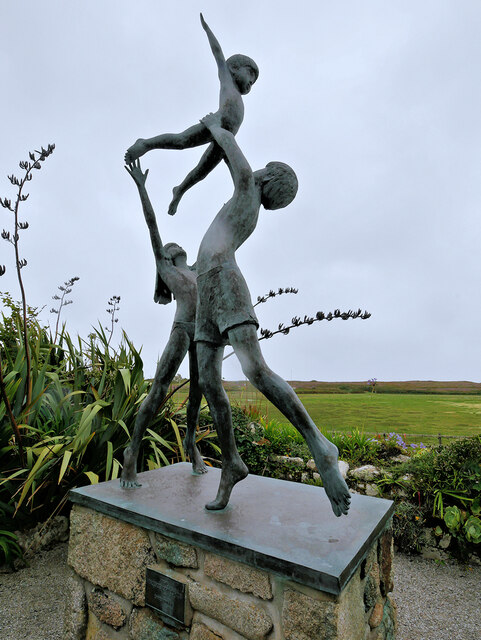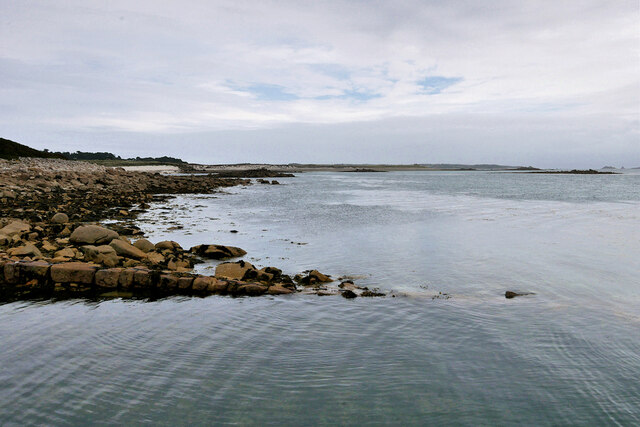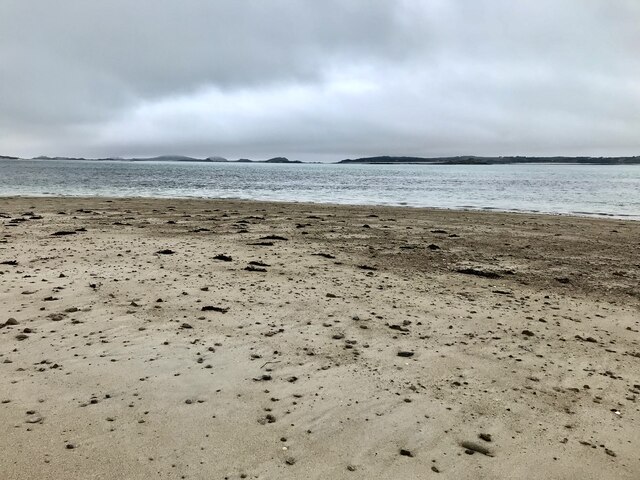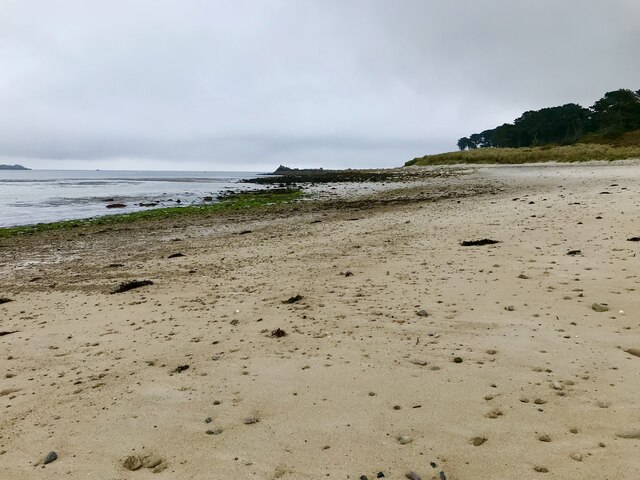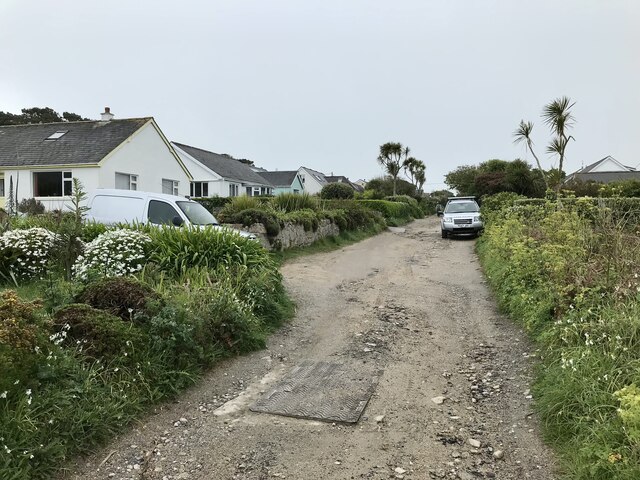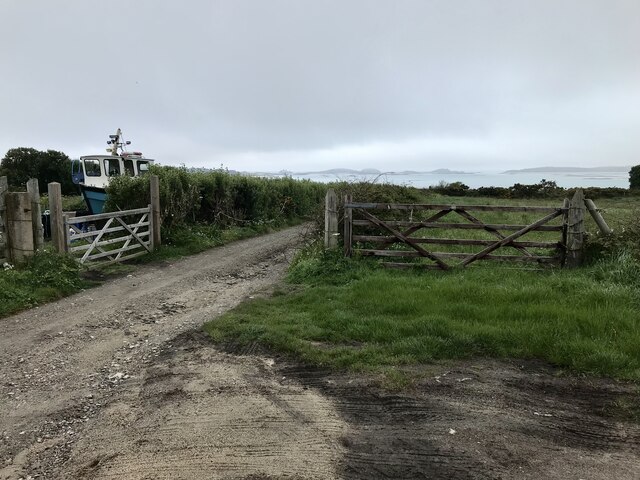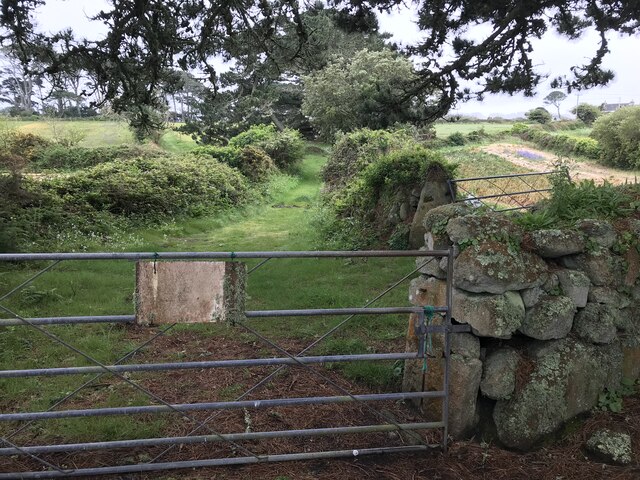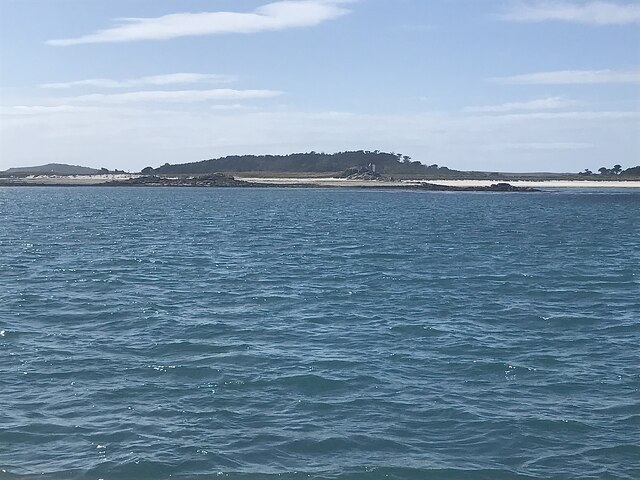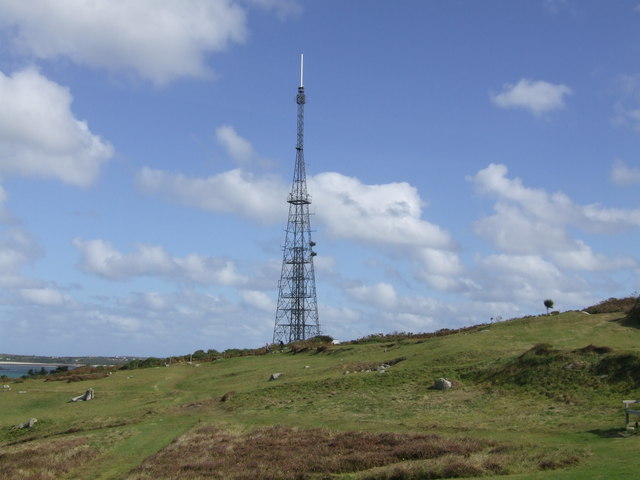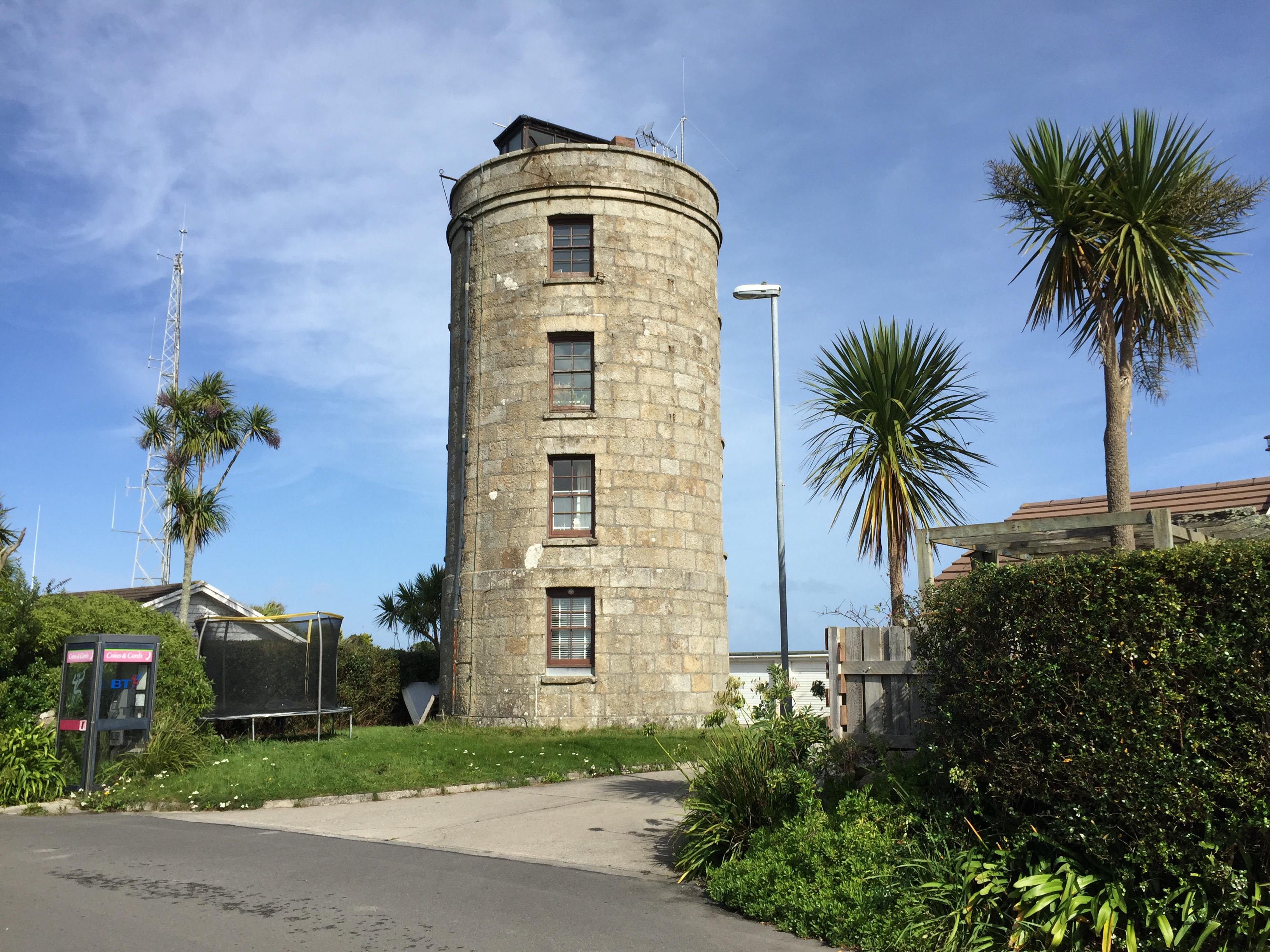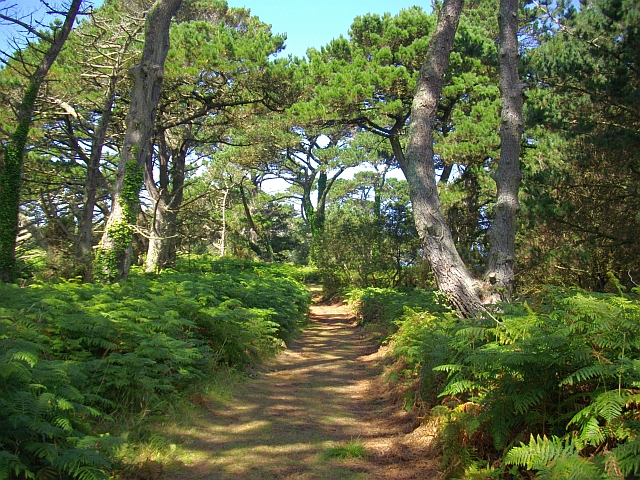Little Crow
Coastal Feature, Headland, Point in Cornwall
England
Little Crow
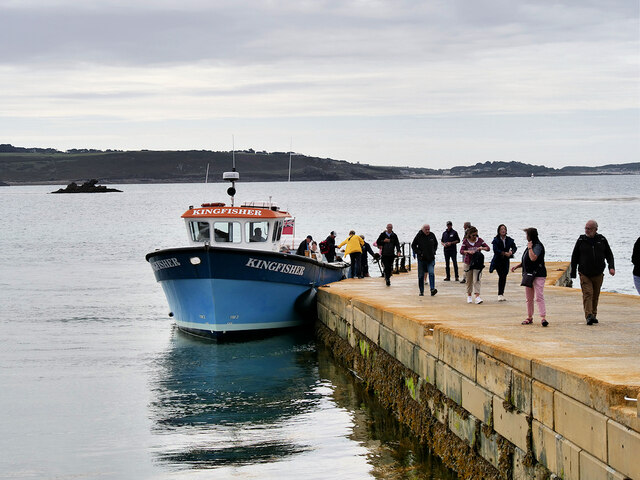
Little Crow is a picturesque coastal feature located in Cornwall, England. It is a prominent headland that juts out into the Atlantic Ocean, forming a striking point along the rugged coastline. The headland is named after the small bird, the crow, which is commonly found in the area.
Standing proudly at an elevation of approximately 100 meters, Little Crow offers breathtaking views of the surrounding landscape. The headland is composed of tall cliffs, made up of sedimentary rock formations that have been shaped by years of erosion from the crashing waves. These cliffs are often covered in vibrant green vegetation, adding to the beauty of the area.
Little Crow is a popular spot for outdoor enthusiasts and nature lovers. The headland provides an ideal location for birdwatching, with various seabirds and migratory species frequenting the area. It is also a favored destination for hikers and walkers, offering a network of coastal paths that provide stunning vistas of the ocean and the adjacent coastline.
The headland is easily accessible by foot, with a well-maintained trail leading visitors to its summit. At the top, visitors can find a small observation deck where they can take in the panoramic views. On clear days, it is possible to see as far as the neighboring bay and the distant cliffs.
Overall, Little Crow is a remarkable coastal feature, offering a combination of natural beauty, diverse wildlife, and breathtaking views. Whether it's for a peaceful walk, birdwatching, or simply enjoying the stunning scenery, this headland is a must-visit destination for anyone exploring the Cornwall coastline.
If you have any feedback on the listing, please let us know in the comments section below.
Little Crow Images
Images are sourced within 2km of 49.937707/-6.3078662 or Grid Reference SV9113. Thanks to Geograph Open Source API. All images are credited.
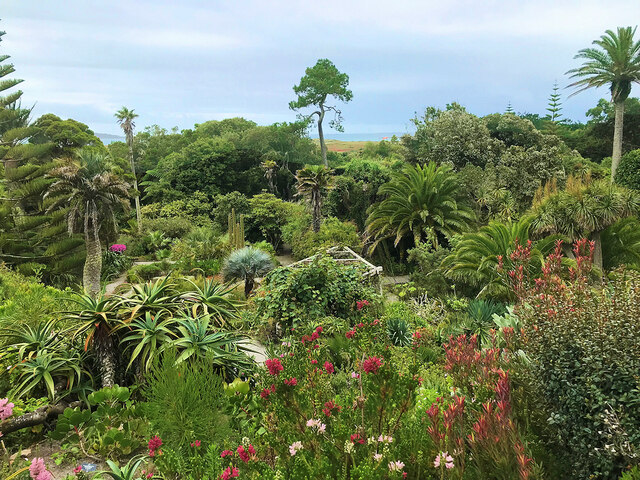
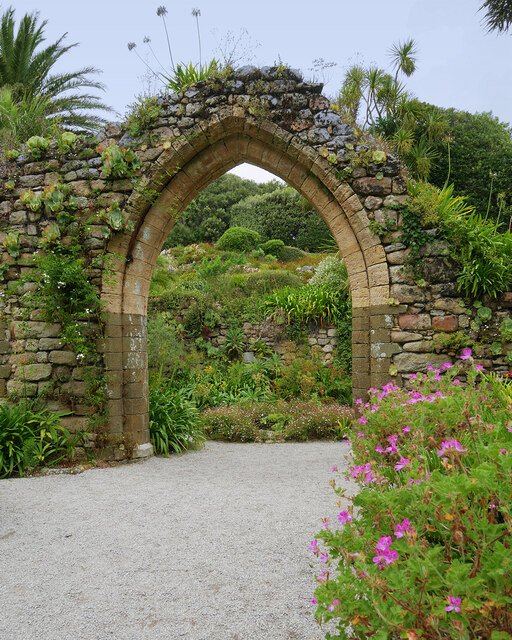
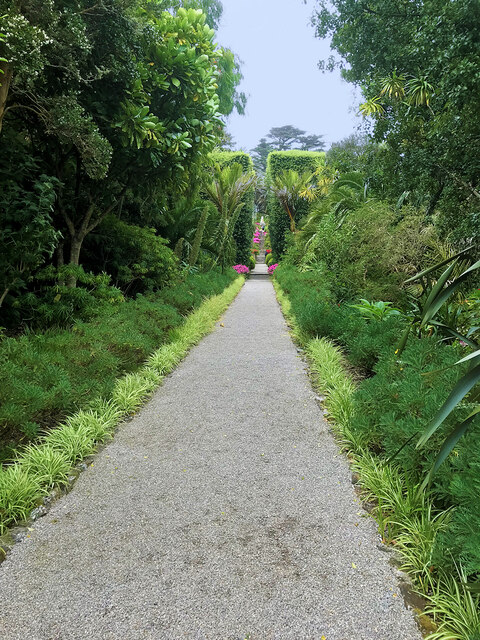
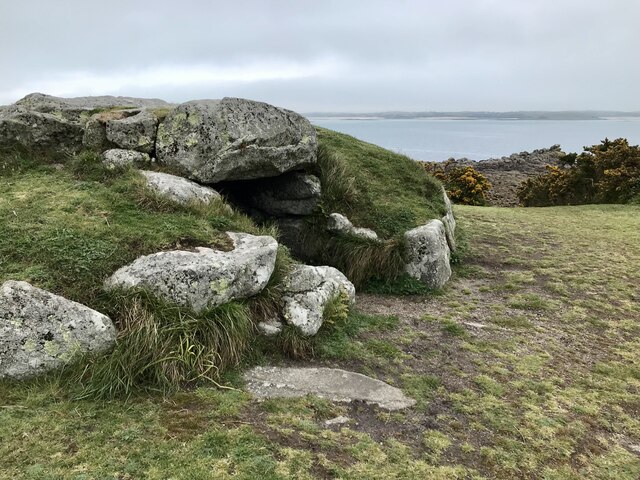
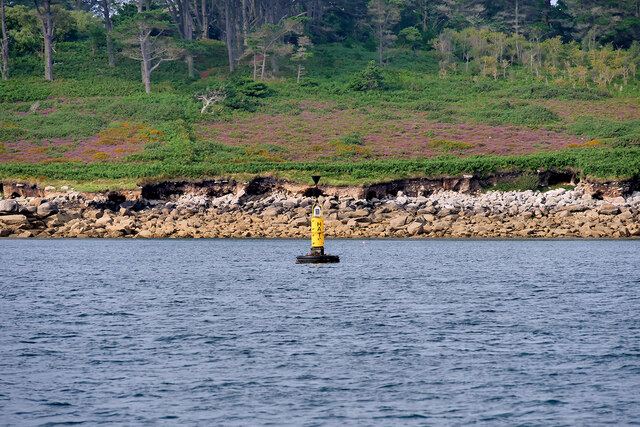
Little Crow is located at Grid Ref: SV9113 (Lat: 49.937707, Lng: -6.3078662)
Division: Isles of Scilly
Unitary Authority: Isles of Scilly
Police Authority: Devon and Cornwall
What 3 Words
///breezes.craftsmen.continued. Near St Mary's, Isles of Scilly
Nearby Locations
Related Wikis
Halangy Down transmitter
The Halangy Down transmitter on St Mary's, Isles of Scilly is a 500-watt FM radio and television transmitter with a 76.2 metres (250 ft) high steel lattice...
Telegraph, Isles of Scilly
Telegraph (Cornish: Brebellskrif) is a settlement on St Mary's, the largest of the Isles of Scilly, England. Telegraph is located in the north west of...
Coastguard's Lookout Tower
Coastguard’s Lookout Tower, now known as Telegraph Tower, is a Grade II listed structure built around 1814-16 on St Mary's, Isles of Scilly as a Signal...
Trenoweth, Isles of Scilly
Trenoweth (; Cornish: Trenoweth "new town") is a small settlement, located in the north of the island of St Mary's in the Isles of Scilly, Cornwall, England...
Nearby Amenities
Located within 500m of 49.937707,-6.3078662Have you been to Little Crow?
Leave your review of Little Crow below (or comments, questions and feedback).
